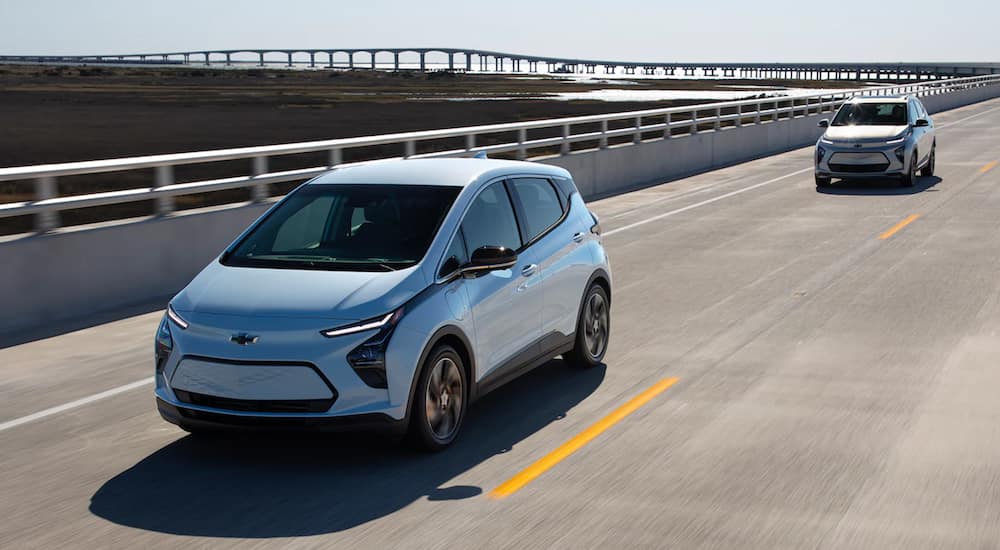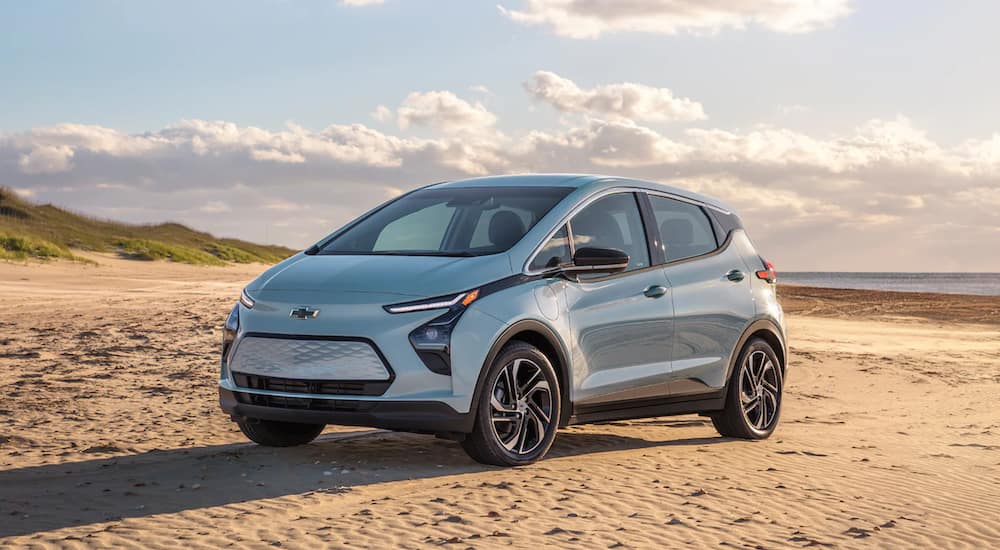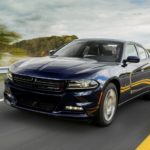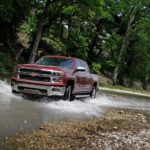It’s an exciting time for auto enthusiasts, especially fans that appreciate advanced technology. The shift from fossil fuel dependence to an electrified future is gaining steam. It used to seem almost peculiar to see a futuristic Tesla or a Chevy Bolt next to you at the stoplight. Now, EVs and charging stations are everywhere. If you’re a Chevy end of lease customer preparing to shop for your next car, we think the time is right to consider an EV.
Maybe the concept of owning an EV is already planted as a seed of an idea in your mind, but the thought of abandoning what you know is a little scary. It makes sense – choosing your next new vehicle is not a small decision, and you’ll likely keep your car for at least three years, so aesthetics and features also play a role. However, if you are interested in leasing your next car, why not try an EV? If you don’t like it, it’s easy to go back to a gasoline vehicle after your EV lease has ended.
American car buyers are a picky bunch. The good news is, there are literally hundreds of new models to choose from; the bad news is, there are literally hundreds of new models to choose from. What do we mean? All those choices can lead to analysis paralysis, which sometimes can cause us to settle for what we know. Narrowing your choices is part of the new car buying or leasing process, but when the exercise creates confusion or uncertainty, we’re wired to choose something familiar.
If that sounds like you, we recommend hanging around long enough to take a serious look at EVs. Electrification is the future of global transportation. It’s not a matter of if – it’s a matter of when. The biggest auto manufacturers on the planet, like GM and Volkswagen, have committed billions to battery technology and production, pledging to move to an all-electric fleet within a few decades. When you enter the EV market depends on your capacity for change, but we think the time is now.
What has us so bullish on EVs? We see the growing infrastructure of charging stations as an important indicator. Also, the newest crop of 2021 and 2022 models possess capabilities that meet – and usually exceed – those of a gas-powered alternative. Things like performance, horsepower, driving range, and technology converge in ways we couldn’t have imagined just five years ago.
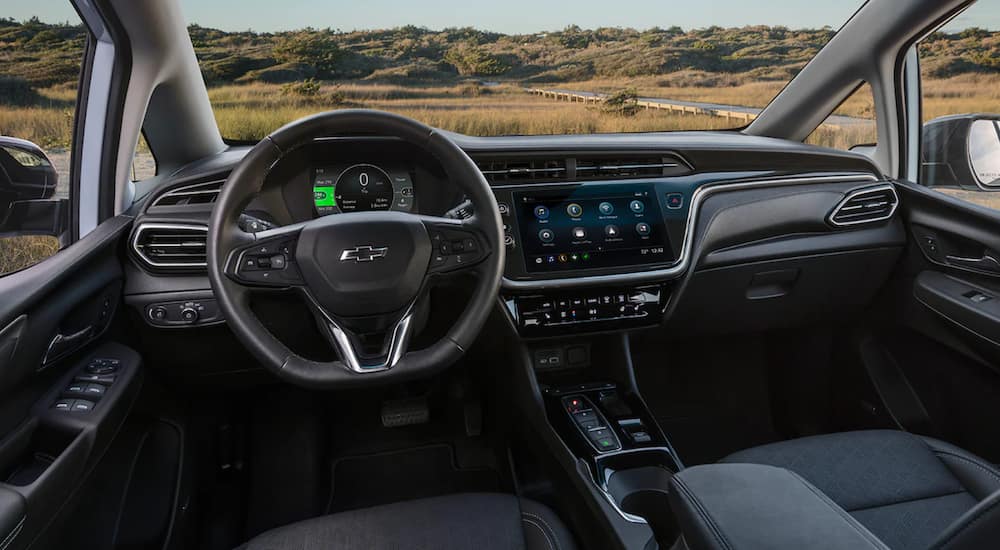
EVs Open New Possibilities for Design and Performance
Factor number one for many new car buyers is style. They buy what appeals to them aesthetically. After all, who wants to drive a boring car? Early hybrid and EV design emphasized function over form, leaving a lasting impression on buyers that choosing electric meant letting go of the “cool factor.” Not so today, thanks to the EV design trends towards angular curves and futuristic curb profiles.
Why do the EV models from our favorite brands look so different? The answer is simple: design freedom. Automakers no longer have to make room for giant engines and fuel tanks. Also, EVs don’t require complex air intakes to keep engines cool. All that change means a clean design slate. In a recent CNN article, writer Thomas Ingenlath pointed out that manufacturers are favoring a “more aerodynamic and futuristic” aesthetic. This differentiates them from gasoline cars and makes them more appealing to drivers.
Manufacturers are not only differentiating EVs from traditional vehicles through exterior design; they’re also infusing them with next-generation technology, like giant infotainment touchscreens and semi-autonomous hands-free driving capability. This push to wrap EVs with a futuristic vibe is intentional and designed to evoke curiosity, as well as aspiration. As you tour your dealership lot after turning in your leased vehicle, you may just be surprised how attractive and advanced the available EV models are.
When you choose to lease an EV, you’re getting a different – and arguably superior – list of capabilities. The big headline is “fuel” economy. It’s apples-to-oranges, but a typical gas-powered compact crossover achieves around 25 MPG combined. By comparison, EVs deliver the equivalent of triple-digit fuel economy. Enthusiasts will take comfort knowing that fuel economy doesn’t come at the expense of performance. In fact, EV performance ratings are a highlight.
The upcoming Chevy Silverado EV, for example, will have a broad range of powertrain options. If the GMC Hummer EV is any indication, it may be even more powerful than its gasoline-powered counterparts. The Silverado EV (expected in 2023-2024) will be built in Chevy’s futuristic Factory ZERO facility, the same site that is currently producing the 1,000-horsepower GMC Hummer EV pickup, so we expect a similarly jaw-dropping performance from the upcoming Silverado.
A Charging Station on Every Block
One of the biggest barriers to leasing a new EV is the availability of charging stations and, by extension, the length of time these vehicles take to charge. Manufacturers know that buyers won’t feel comfortable with an EV that can only short trips before needing to be plugged in for hours to recharge. And if charging stations are few and far between, range insecurity increases twofold.
The newest models, like the 2022 Chevy Bolt EV and Bolt EUV, come available with DC fast charging, which makes them capable of charging up to 100 miles in just 30 minutes. In addition, Chevy is working with other manufacturers and federal and state governments to locate more charging stations in the spots where drivers need them most, like highway rest stops and mall parking lots. Chevy is even helping buyers install charging stations in their own garages and driveways, making overnight charges a breeze.
Charging station availability is an important component of mass EV acceptance. Until charging stations are as ubiquitous as gas stations, everyday buyers might not have enough confidence to try electrified vehicles. However, there are over 100,000 charging stations in America, and that number is increasing almost daily. It seems everyone is jumping on board, including commercial parking garages, apartment communities, and national retail chains like Wal-Mart and Costco.
Innovative companies, like ChargePoint, have developed app-based charge station locator tools to help EV drivers locate a charging station. The company also offers business EV fleet management tools designed to store data on charging frequency and efficiency. They estimate delivering nearly 90 million charges to date. EVgo, the nation’s largest network of charging stations, points out that “130 million people in the US live within a 10 mile drive of an EVgo fast charger.” That number is sure to rise over the next few years.
Environmental Stewardship as a Way of Life
We all want to do our part to combat climate change, but let’s face it: many of us are unwilling to compromise style and convenience to get there, not to mention the potentially higher EV price tag. It doesn’t make us bad people; in fact, it’s this uncompromising mindset that is motivating automakers to design EVs that look and perform like the gas-powered cars we’re all used to. They’re also equipping dealers with aggressive EV lease programs to save buyers money.
Our reticence as a society to jump on the EV train has fueled much of the innovation we’re seeing in this current wave of new models. American drivers are creatures of habit. Their “if-it-ain’t-broke-don’t-fix-it” mindset means they’re unwilling to change buying habits unless they’re given a compelling reason to do so. Demand will always inform design, especially when it comes to cars.
Embracing green technology – or any significant change, for that matter – won’t happen at the expense of convenience. Lucky for buyers, they can now adopt a green lifestyle effortlessly by choosing to lease an EV with the convenience and performance characteristics they want. The 2022 Bolt EUV, Chevy’s all-new Electric Utility Vehicle, is a great example of this idea in action. If you’re turning in a leased vehicle and want something new, leasing an EV is a great option. A lease lets you experiment with driving an EV without committing fully to the new technology. In this way, leasing and EVs make a great duo.
The 200-horsepower and 250-mile driving range of the Bolt EUV represent the beginning of a massive shift to EVs for Chevy, GM, and the auto industry as a whole. Even the most hesitant among us can’t ignore that most other major manufacturers are following the same trajectory. We think it’s a perfect time to test drive and lease an EV. The country is on the cusp of major changes; why not lean in? Run the numbers on an EV lease. The time is right.
